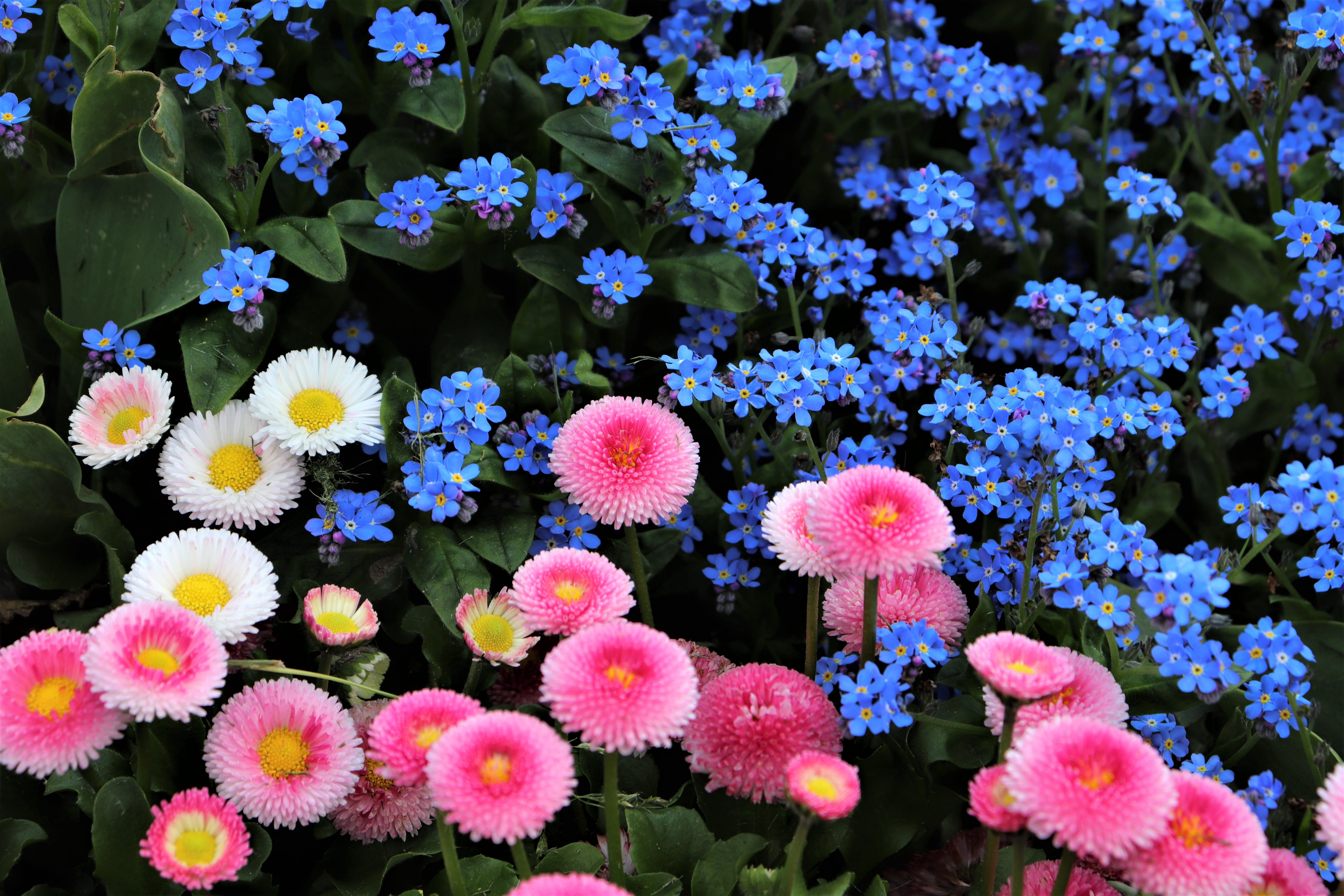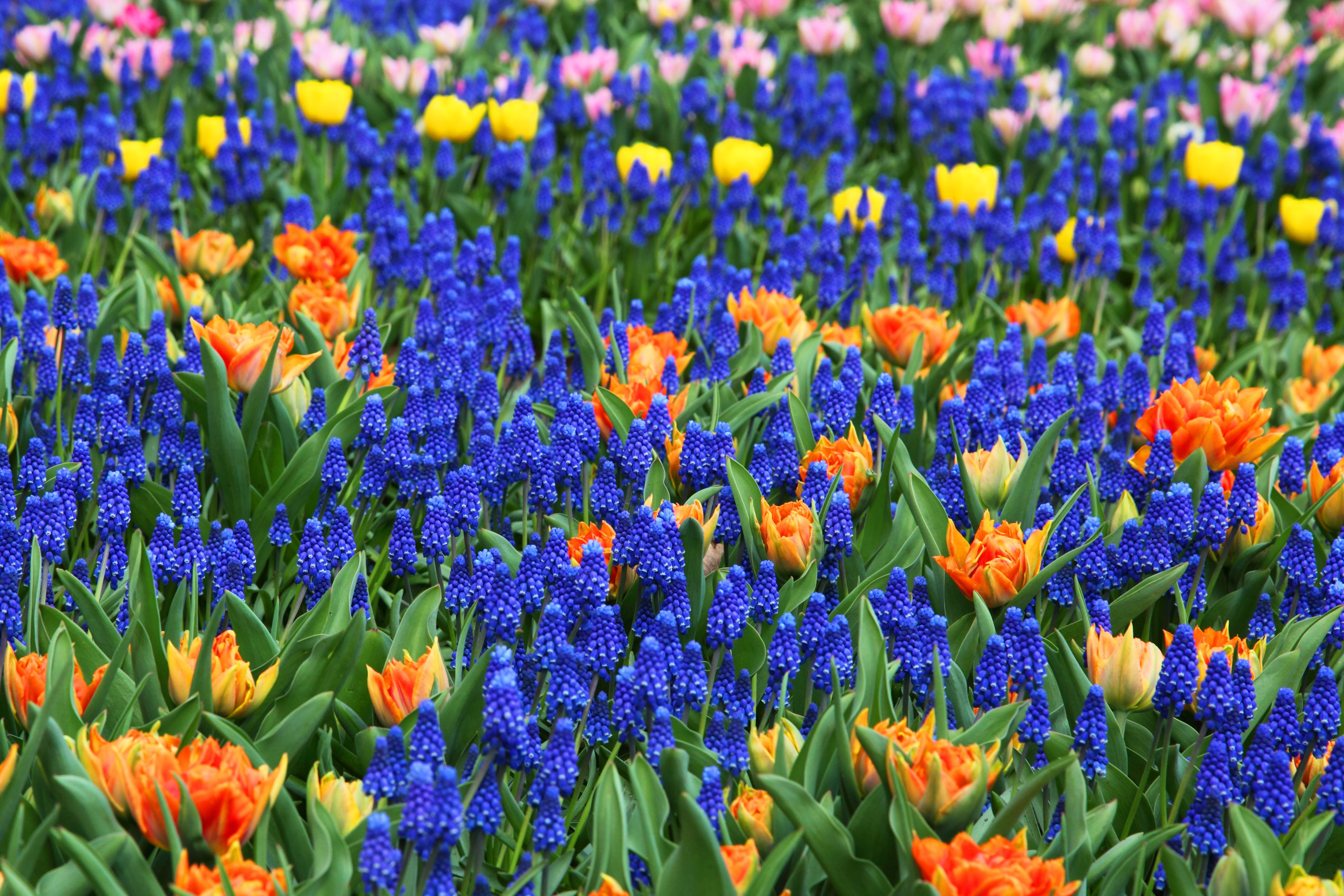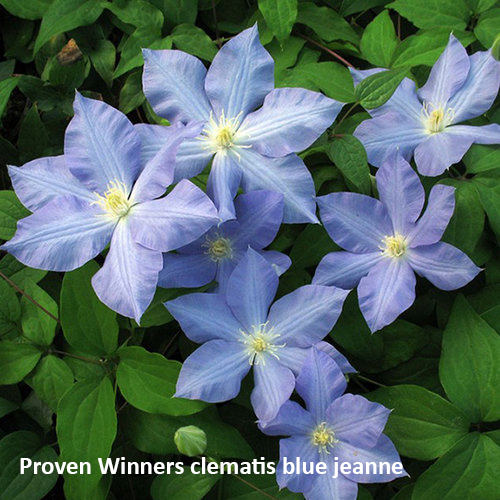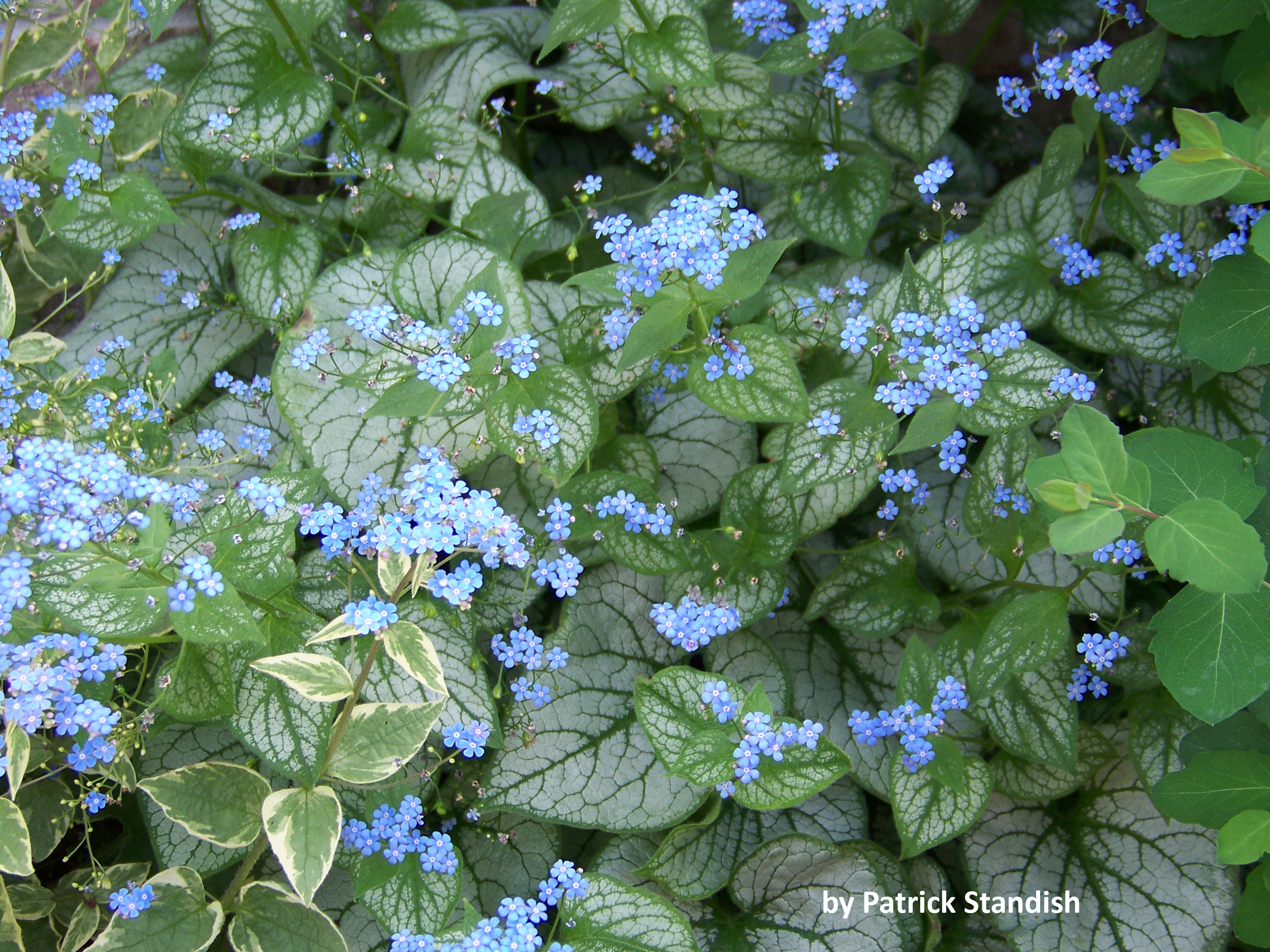By Sandra Nelson
I’ve been feeling somewhat blue lately.
No, I’m not depressed — I’m debating on a color scheme for the new garden I’m adding this year. Right now I am leaning toward using shades of blue as my predominant color. The idea of adding a quiet, tranquil retreat appeals to me in this stress filled year.
It seems that I am not alone in my desire to surround myself with the color blue. The Pantone Color Institute, considered the leader in color design and trends, named Classic Blue as 2020’s color of the year, which means that it will be popping up in everything from magazine ads to room decor.
Carrying that color into the garden however, is not quite so easy. It is estimated that of the more than 350,000 species of known flowering plants in the world, fewer than 10% of them naturally produce flowers that are blue. There are no truly blue roses or snapdragons or daffodils. Even fewer plants have blue leaves.
Blue pigment is simply not found in nature. Instead, the blues that we see in nature are created through mixtures of other naturally occurring pigments, especially red pigments called anthocyanins, pH modifications and tricks of reflected light.
These adjustments result in the blues of nature that we love.

Horticulturists, using species such as bluebells and delphiniums, are using biotechnology to unlock their genetic secrets in the hopes of producing blue varieties of popular garden flowers. While success so far has been limited to “almost”blues and shades of violet, a team of Japanese scientists has recently produced the first blue chrysanthemum, raising hopes of someday soon growing more truly blue flowers in our gardens.
It’s understandable why we crave more blue. Blue is a versatile color in the garden. It can give the illusion of depth and can make a garden seem cooler even in the middle of a heat wave. You can combine blues with pinks, whites and silver foliage for an aura of quiet, cool elegance. Or you can add a spark of excitement by contrasting shades of blue with pops of bright yellows and oranges. They seem to come alive at dusk as the more vibrant reds, yellows and oranges begin to fade from sight. Blues sparkle under soft moonlight.
If you are feeling blue too, but don’t quite know where to start, we’ve compiled a list of a few of our blue (and blue-ish) favorites to help you begin your search. We hope that they can bring a touch of much needed soothing tranquility into your life.
Annuals
Bachelor’s Buttons (Annual Cornflowers)
- Full sun
- Seed in early spring while weather is cool
- Height varies by variety — 12 inches to 3 feet
- Blooms late spring through summer
- Deadhead to promote extended flowering
- Average soil, but consistent moisture
- Attracts pollinators of all types
Lobelia
- Partial to full sun
- Prefers cooler temperatures
- Trailing varieties excellent for trailing in containers; upright varieties as fillers
- Keep moist; benefits from occasional fertilization
- Deer resistant
- Attracts butterflies
Love-in-a-Mist
- Full to partial sun
- Delicate, romantic blooms late spring into fall encased in airy green foliage
- Excellent cut flower; Interesting seed pods if blooms are not cut
- Sew seeds in early spring while still cool
- Height 1 – 2 feet
- Thrives on neglect
- Self-seeds
- Attracts honeybees
Morning Glory
- Full sun
- Sew seed after danger of frost; soak seed for 24 hours to increase germination
- Blooms in response to nighttime temperatures
- Average soil and moisture levels; soil that is too rich will produce foliage with limited flowers
- Vines can reach 12 feet
- Can reseed; remove old flowers before seedpods form
- Seeds are toxic
Sweet Pea
- Full to partial sun
- Blooms late spring into fall
- Prefer cooler temperatures in warmer climates
- Can be direct seeded; soak seed before planting; pinch back 3 to 6 inch seedlings to encourage side shoots
- Rich, organic soil; layer soil with mulch
- Fertilize monthly
- Attracts honeybees
- Excellent cut flower
Perennials
Anemone (Wind flowers)
- Spring and fall blooming varieties available
- Height varies from 6 inches to 4 feet, depending on variety
- Full to partial sun
- Rich, moist soil
- Plant bulbs of spring bloomers in fall; fall bloomers in spring; soak bulbs before planting
- Leave foliage to fade naturally
- Zones 5 – 10
Clematis
- 4 to 6 inch blooms; reblooms early spring to late summer, often into fall
- Partial to full sun
- Mature height 6 to 7 feet
- Average soil and moisture levels
- Attracts bees
- Can be grown in large containers — at least 3 gallons
- Zones 3 – 9
Delphinium Million Dollar Sky*
*Delphiniums can be challenging to grow in many locations. The information we are providing applies to Million Dollar Sky, available as a Proven Winner selection.
- Blooms early summer; reblooms early fall.
- Full to partial sun locations
- Heat tolerant
- Bloom spikes 2.5 to 3 feet
- Average to rich soil and moisture levels
- Interesting seed heads
- Attracts hummingbirds, bees and butterflies
- Deer and rabbit resistant
- Zones 3 – 7
Echinops (Globe Thistle)
- Blooms early to late summer; cut back to encourage reblooming
- Full to part sun
- Prefers average to poor well-drained soils; tolerates shallow, rocky soil
- Mature height 2 to 4 feet
- Deer and rabbit resistant
- Attracts butterflies
- Zones 3 – 8
Hosta Fragrant Blue
- Partial to full shade
- Blooms early to mid summer (Fragrant blooms begin as blue and change to white)
- Mature height up to 1 foot
- Organically rich, well-drained soil; consistent moisture (water soil rather than foliage)
- Zones 3 – 8
Scabiosa (Pincushion Flower)
- 2 inch blooms late spring until frost
- Full sun to partial shade
- Mature height 1 to 1.5 feet
- Average somewhat light, well-drained soil
- Does not tolerate wet feet — especially in winter
- Attracts butterflies
- Deer resistant
- Zones 5 – 9
Shrubs and Groundcovers
Hydrangea
- Blooms early summer to fall, depending on variety
- Partial to full shade
- Mature height 3 to 10 feet, depending on variety
- Rich, organic well-drained soil
- Excellent cut and dried flowers
- Zones 4 – 8
Caryopteris (Blue Mist Spirea)
- Blooms late summer into fall
- Full sun
- Mature height 2.5 feet
- Average, but very well-drained soil; Does not tolerate wet feet in winter
- Heat and drought tolerant when established
- Deer resistant
- Attracts, hummingbirds, bees, butterflies
- Zones 5 – 9
Brunnera (Siberian bugloss)
- Blooms mid to late spring; interesting foliage year round
- Partial to full shade
- Mature height 12 – 15 inches in mounded form
- Average soil to organically rich soil with consistent moisture
- Deer and rabbit resistant
- Attracts bees





















